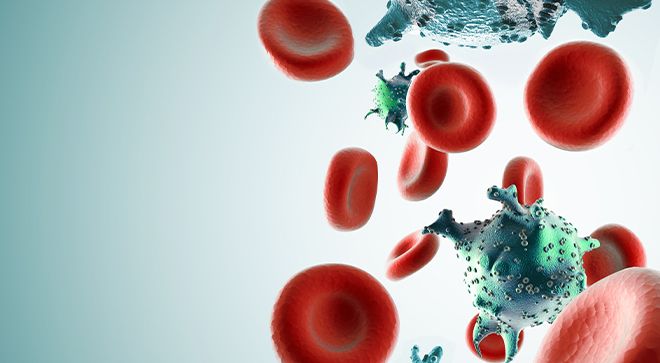Article
Expert Discusses Copiktra for Relapsed/Refractory CLL
Author(s):
Ian W. Flinn, M.D., Ph.D., discusses the use of Copiktra, which was approved in September for patients with relapsed/refractory chronic lymphocytic leukemia.
There is a need for new agents in the second and third line for patients with relapsed/refractory (r/r) chronic lymphocytic leukemia (CLL), according to Ian W. Flinn, M.D., Ph.D. In September 2018, the FDA helped fill the void, approving Copiktra (duvelisib) for adult patients with r/r CLL who have received at least two prior treatments.
In an interview with OncLive a sister publication of CURE, Flinn discussed the agent’s potential impact on patients with CLL. Flinn is director of lymphoma research at Sarah Cannon and the Sarah Cannon Center for Blood Cancer at Tennessee Oncology and TriStar Centennial Medical Center, based in Nashville, Tennessee. He serves as the lead investigator of the DYNAMO and DUO studies in Copiktra.
OncLive: How does Copiktra affect the treatment paradigm for CLL?
Flinn: The CLL treatment paradigm has changed significantly over the past few years. We’re seeing use of targeted therapies, such as BTK and BCL2 inhibitors, earlier in the course of disease and getting away from the chemotherapy of old. As a consequence, we need new therapies and we need new treatments for patients who have received those therapies but have relapsed. This is where Copiktra comes in. There’s a need in the second and third line for patients to receive new agents, and, because of its mechanism of action, Copiktra is ideally suited for this setting.
How is Copiktra different from other PI3K inhibitors?
Copiktra is an inhibitor for both the delta and gamma isoforms of PI3K. The only other currently approved PI3K inhibitor for CLL is Zydelig (idelalisib), which is a pure delta isoform inhibitor. We know that the delta isoform is important because it is expressed in the malignant cells, but the gamma isoform is important in the microenvironment that is supporting the growth and proliferation of CLL cells.
Copiktra is an inhibitor of both of these isoforms, and it has a direct effect on the malignant cells, as well as the microenvironment and, therefore, may have greater efficacy in this patient population.
What is the optimal patient population for this drug?
The optimal patient population for Copiktra consists of patients with CLL who have had two prior therapies. We know from the DUO trial [NCT02004522], a phase 3 trial that randomized patients to receive either Copiktra or Arzerra (Arzerra), an anti-CD20 antibody, that patients with two prior therapies had significant improvement in response rate, the depth of remission, and progression-free survival. We also saw a very tolerable safety profile.
For patients who are intolerant to some of the other therapies, such as Imbruvica (ibrutinib) or Venclexta (venetoclax), and physicians’ choices are limited, then I think Copiktra is also an important choice.
What are the dosing considerations?
The normal dose of Copiktra is 25 mg twice per day. It is given orally, and it is given continuously as long as the patient is benefiting from the treatment and not having significant adverse effects. You do have to be careful if someone is receiving the drug with a CYP3A inhibitor, in which case you have to dose-reduce Copiktra to 15 mg twice a day. And, of course, if someone has adverse events, then you want to dose-reduce the drug as well.
How well do patients tolerate Copiktra?
Doctors and patients have several safety considerations to think about. There are risks of increased liver function tests within the first eight to 12 weeks. By and large, if the drug is held and [the event] gets to be grade 3 or higher, the liver function test will resolve, and the patient can be restarted back on that drug. That’s a very easy adverse event to manage.
Other adverse events include autoimmune complications. This was predicted from laboratory study results that show that inhibition of the delta isoform produces diarrhea or colitis. Patients and their physicians need to be aware of colitis that can occur with Copiktra. It generally happens later, after five or six months on treatment and, if it gets severe, physicians need to withhold the drug and potentially use oral nonabsorbable steroids like budesonide or systemic steroids to treat the colitis.
Finally, the infectious complications need to be considered. We recommend that everyone receive PCP [pneumocystis pneumonia] prophylaxis while on Copiktra and I certainly would consider using prophylaxis against herpes viruses such as acyclovir for patients. 
This article was originally published on OncLive as, “Duvelisib Provides CLL Patients With a Later Line of Therapy.”




